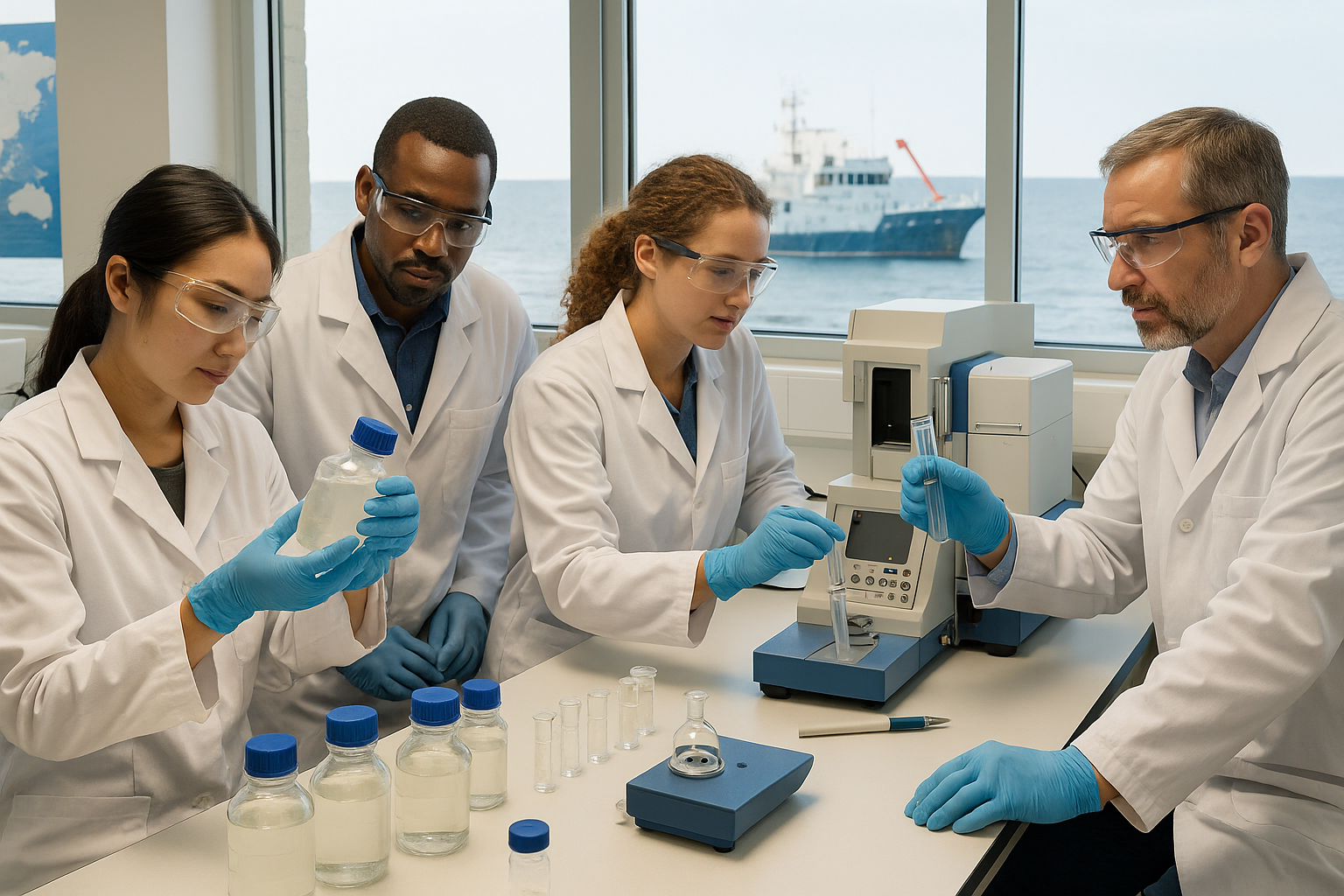IAEA Verifies Peaceful Nuclear Use in 175 States, Boosts Safeguards in 2024
The IAEA's verification work ensures countries uphold their commitments under safeguards agreements, preventing the diversion of nuclear materials to weapons programs or non-peaceful uses.

In a year marked by growing global interest in nuclear power, the International Atomic Energy Agency (IAEA) applied nuclear safeguards in 190 countries, verifying that nuclear materials and technologies were being used exclusively for peaceful purposes. The findings were released in the recently published Safeguards Statement and Background for 2024, which outlines the IAEA’s annual verification efforts and the conclusions drawn from its safeguards regime.
Through over 3,000 in-field verification activities across more than 1,300 nuclear facilities and related locations, the IAEA continues to serve as the world’s primary watchdog for nuclear non-proliferation under the framework of the Treaty on the Non-Proliferation of Nuclear Weapons (NPT).
Rising Workload Amid Nuclear Expansion
According to Massimo Aparo, Deputy Director General and Head of the Department of Safeguards, the IAEA’s verification activities continue to expand as more countries incorporate nuclear energy into their national strategies for energy security and climate action.
“The trend is clear — the volume of nuclear material and number of facilities under IAEA safeguards continues to grow. As more States adopt nuclear power, our safeguards workload will only increase,” Aparo noted.
The IAEA's verification work ensures countries uphold their commitments under safeguards agreements, preventing the diversion of nuclear materials to weapons programs or non-peaceful uses.
Comprehensive Safeguards and the Additional Protocol
Of the 190 States where the IAEA applied safeguards in 2024:
-
182 States had Comprehensive Safeguards Agreements (CSAs) in place.
-
137 of those had Additional Protocols (APs) in force, which allow for enhanced verification measures, including access to more information and locations.
Among these 137 States with both CSA and AP, the IAEA was able to draw the “broader conclusion” — confirming that all nuclear materials were used peacefully — for 75 countries, including Morocco, which received the broader conclusion for the first time.
For 61 States, the IAEA confirmed that declared nuclear material was used for peaceful purposes, but the broader conclusion could not be drawn as assessments for undeclared material and activities were still ongoing. For 31 States with CSAs but no AP, the Agency was limited to verifying only declared materials.
Three non-nuclear-weapon States party to the NPT have yet to bring their CSAs into force — thus, the IAEA could not issue safeguards conclusions for these countries.
Small Quantities Protocol: Progress and Limitations
In 2024, the IAEA could draw safeguards conclusions for 175 of the 190 States. The remaining 15 countries were subject to Small Quantities Protocols (SQPs) based on an outdated 1974 standard. The SQP is meant for States with negligible or no nuclear material, but its original form limits the IAEA’s verification capacity.
Since 2005, the IAEA Board has urged countries to amend or rescind outdated SQPs. In 2024, Bolivia, Fiji, Mongolia, Oman, and Sierra Leone amended their SQPs, while Saudi Arabia rescinded its SQP entirely. The IAEA continues to offer assistance to the 15 countries still operating under the outdated protocol.
Timor-Leste Enters New Compliance Phase
In a significant development, Timor-Leste brought into force a comprehensive safeguards agreement, along with a revised SQP and an Additional Protocol. This step greatly enhances the IAEA’s ability to verify the peaceful use of nuclear materials within the country.
Verification in States Outside the CSA Framework
For three countries with item-specific safeguards agreements — India, Israel, and Pakistan — the IAEA confirmed that nuclear materials and facilities under safeguards remained in peaceful activities.
The Agency also verified nuclear materials under voluntary offer agreements in the five nuclear-weapon States recognized by the NPT: China, France, Russia, the United Kingdom, and the United States. For these, the Agency concluded that the materials either remained in peaceful use or were withdrawn in accordance with the terms of their respective agreements.
Capacity Building and Technical Training
To keep pace with rising challenges, the IAEA continued its work to build national capacity for safeguards implementation:
-
Training programs were delivered in online and in-person formats, targeting State systems of accounting for and control of nuclear material (SSACs) and safeguards regulatory authorities (SRAs).
-
A new cycle of the COMPASS initiative — launched in 2020 — was rolled out in Bangladesh, Bolivia, Cameroon, and Ghana. COMPASS offers tailored support to strengthen safeguards infrastructure in countries needing technical and institutional development.
The Road Ahead: Matching Mandates with Support
Despite major advances, IAEA leadership underscored the need for continued political, technical, and financial support from Member States to ensure the Agency can continue fulfilling its global non-proliferation mission.
“That we are able to draw safeguards conclusions for so many States with safeguards agreements in force is a significant undertaking,” said Aparo. “To sustain this momentum, we must keep pace with challenges and leverage opportunities in the evolving nuclear landscape.”
With nuclear energy poised to play a growing role in energy security and climate mitigation, the IAEA’s mission to safeguard its peaceful use remains more critical than ever.










